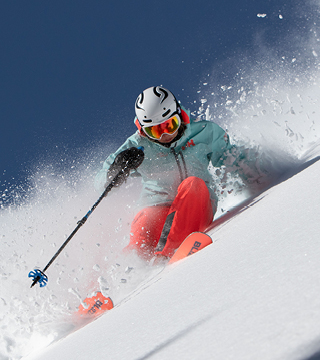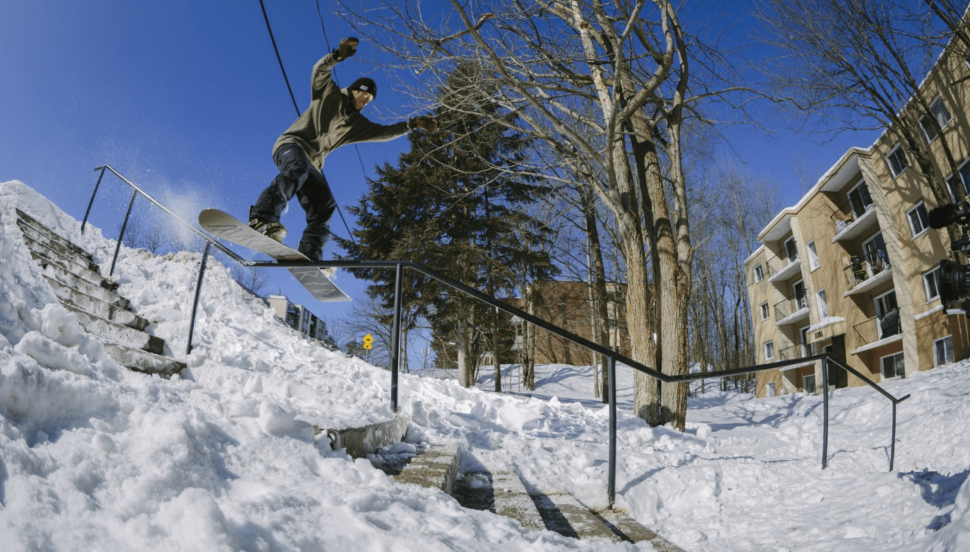Your snowboard boots can make or break your experience while you’re out there on the mountain, which is why it’s super important to spend some time choosing the right snowboard boot. We recommend heading in to your nearest Torpedo7 store and speaking to one of our expert team members to help you find the right fitting boot, but check out the below general guide to give you an idea of what you’ll be looking for.
The 3 Key Factors
Fit
Make sure the boot fits snug, and that you’re still able to move your toes inside. Your heel should not lift up, and above all it shouldn’t be too tight or uncomfortable. In a good fitting boot the toes will just touch the toecap with the ability to wiggle the toes.
The boot liner is an important build of the boot too. Standard liners offer cushioning and support and will conform to your foot shape over time. Thermal liners can be heat moulded to your foot shape!
Socks also play a part in boot fit and snowboard specific socks are highly recommended.
Flex
Flex is a personal preference and will depend on your riding style. Generally a softer flex is chosen by park riders and beginners, while a stiffer fitting boot is more ideal for advanced/all-mountain riding as they bring response and support, but also sacrifices board feel.
| Terrain | Flex Category | Flex Rating |
| Park & Freestyle | Soft | 1-5 |
| All-mountain | Medium | 4-7 |
| Freeride | Medium/Stiff | 6-10 |
Lacing
Once again, lacing will come down to a personal preference of the 3 systems available which each balance adjustability and ease of use.
Traditional is the standard lacing for many types of footwear with traditional laces that you can pull tight around your foot.
Pros: Most customizable fit. Less chance of pressure points.
Cons: May loosen as the day progresses. Harder to get tight.

Quick Pull are pre-laced lower and upper sections that tighten independently with a cord.
Pros: Fast and easy to tighten and adjust on the go.
Cons: Lower can be difficult to tighten on new boots.

BOA is a ratcheting dial that tightens the whole boot or individual sections (2/3 dials).
Pros: Micro adjustments. Very easy to use. Can use single handed.
Cons: May create pressure points (especially single dial).

Shop Snowboard Boots
Features for the Frothers!
Cushioning
Protection against impact. Generally made from foam, with better quality cushioning more durable and some with integrated gel pads.
Outsole
Critical for grip in icy conditions. Usually a foam/rubber mix with high-end models integrating spikes and advanced materials.
Articulation
A type of construction that allows sections to flex independently for a more fluid motion.
Heel Grip
Usually built into the liner with strategic padding/lacing to minimise lift.
Power Strap
Near the top of the boot to add extra support and response.
Shrinkage
Actual length of the boot is a size smaller that reduces chance of heel/toe drag.


















